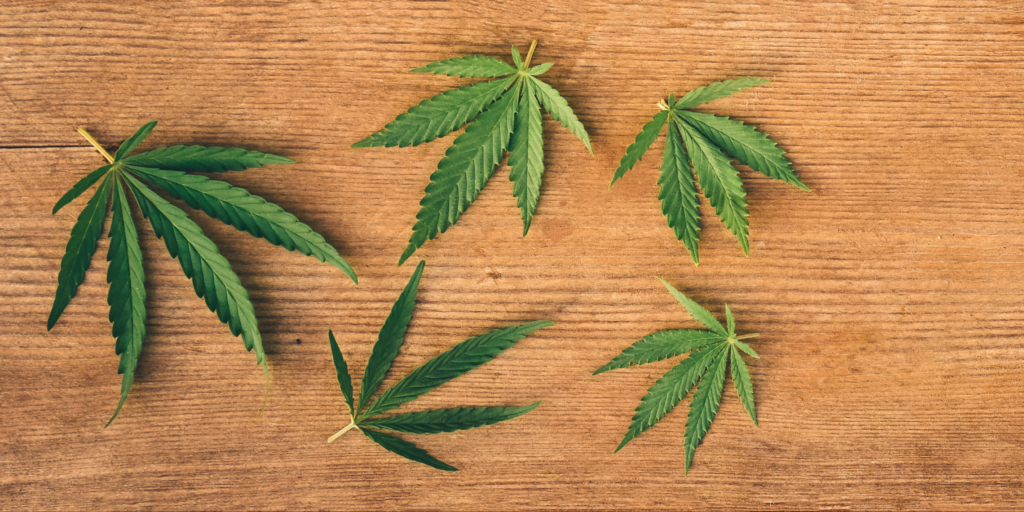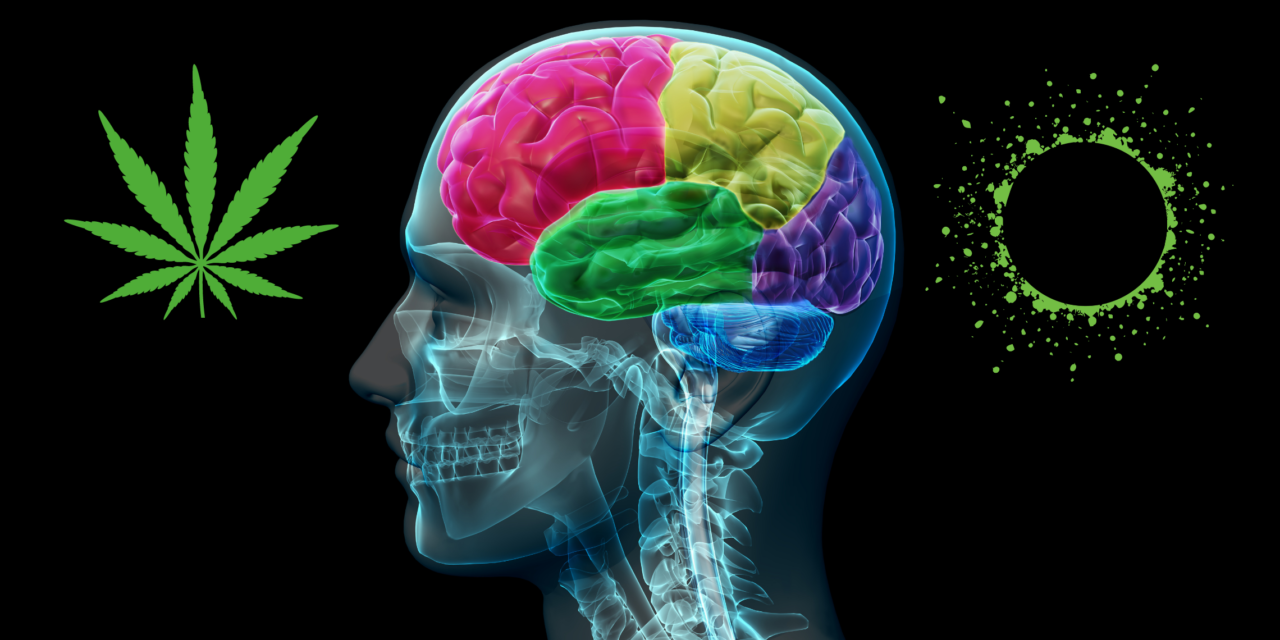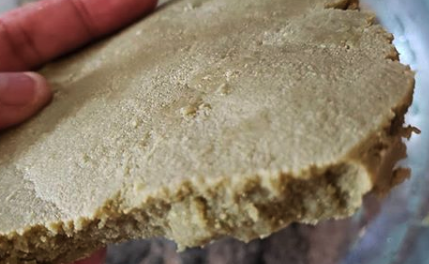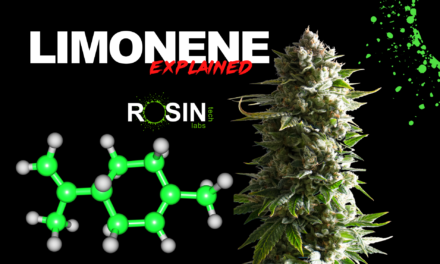Everything you need to know about the endocannabinoid system, nature’s bridge between body and mind.
Humanity has been using cannabis both medicinally and recreationally for millennia. However, despite the wealth of anecdotal knowledge garnered over that time, the exact means by which cannabis interacts with us remained a scientific mystery for most of human history. Just over 30 years ago, scientists finally solved the riddle of cannabis, but what should have been a simple answer, instead, led to one of the most important discoveries in the history of biology: the endocannabinoid system.
What Is the Endocannabinoid System?
The endocannabinoid system or ECS, is basically a signaling mechanism for the central nervous systems of all humans and most animals. The ECS allows the brain to communicate with every part of the body in order to maintain balance or homeostasis, and can be thought of as the great regulator of the body and mind. This system is also the means by which cannabis interacts with our bodies to produce its many effects.
Discovering the Endocannabinoid System
Back in 1964 Yechiel Gaoni and Raphael Mechoulam became the firsts scientists to discover THC, and that it was the principal active component of cannabis. It was an incredible discovery, but their research ultimately raised a much bigger question. How was it possible that this one plant could elicit so many different effects across our entire bodies? It wouldn’t be until the ‘90s following advancements in cloning technology that they found their answer and discovered the human endocannabinoid system.
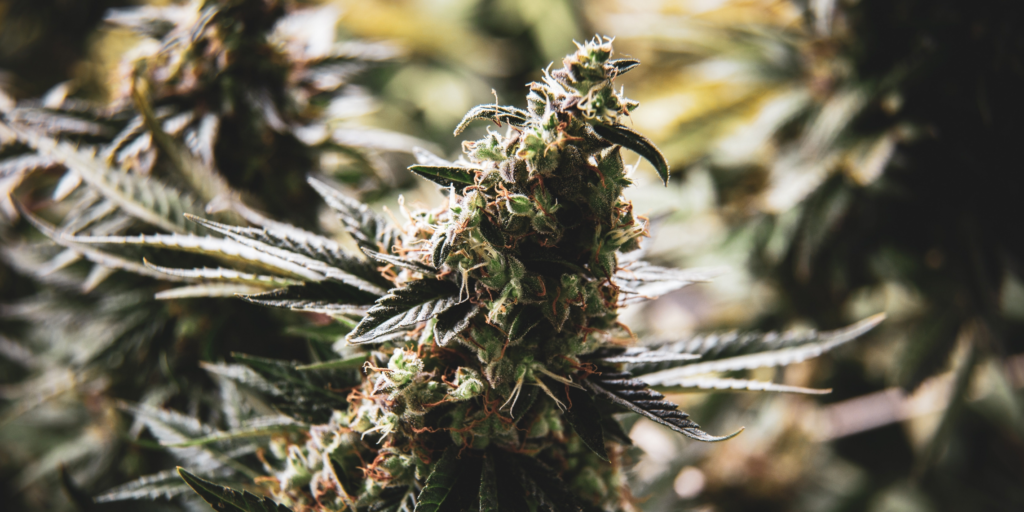
CB Receptors: CB1 and CB2
The means by which cannabinoids interact with our bodies is by binding to receptors that exist naturally inside of us. Two cannabinoid receptors have been discovered so far, CB1 and CB2.
CB1 is the more common of the two, but both can be found throughout the tissues and organs of our bodies. When cannabinoids bind to these receptors they send signals from one part of the body to another in order to regulate imbalances and maintain our biological systems.
Endocannabinoids and Phytocannabinoids
Endogenous cannabinoids, or “endocannabinoids” are produced naturally inside of all of us. So far only two are well understood, anandamide and 2-AG, although there are many more waiting to be investigated.
Phytocannabinoids, on the other hand, are produced outside of the human body by plants such as cannabis and hemp, with THC and CBD being the two most well-known. Once metabolized by our bodies, these externally produced cannabinoids interact with our CB receptors in exactly the same way as their naturally occurring relatives, our body’s own endocannabinoids.
Cannabis and the Endocannabinoid System
It’s entirely thanks to the ECS that cannabis has any effect on us at all. Without this 600-million-year old biological system we wouldn’t be able to get high, reduce pain and inflammation, or enjoy any other benefit that cannabis has to offer. It’s also a comforting thought that the vast majority of the animal kingdom, including ourselves, are literally built from the ground up to use cannabis.
Unfortunately, thanks to the difficulty of undertaking research on a Schedule 1 substance, a complete and thorough understanding of how cannabis interacts with the ECS is still to be established. Hopefully in the not too distant future, federal laws will change and scientists will finally be free to unlock the true potential of cannabis and the endocannabinoid system, because for now we’ve barely scratched the surface.
